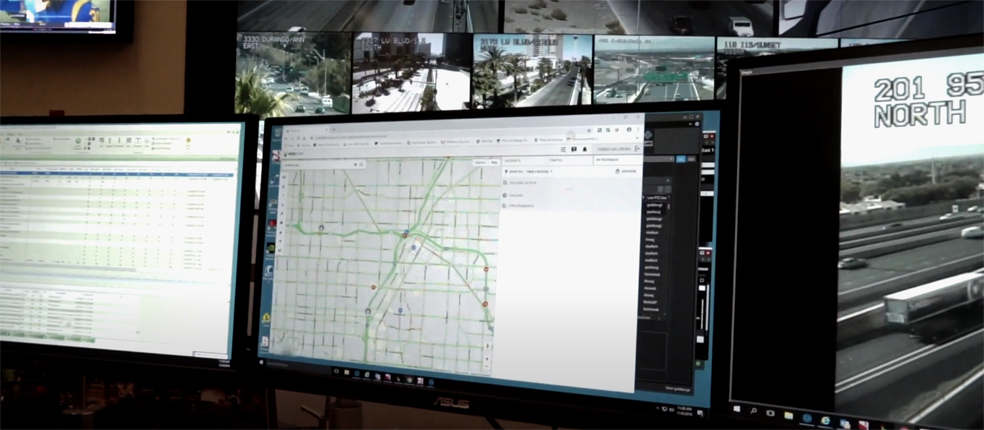Nevada uses Waycare AI to improve road safety
- June 21, 2021
- Steve Rogerson

Law enforcement and traffic agencies in southern Nevada are using artificial intelligence (AI) technology from California-based Waycare to position police and dynamic messaging signs.
The year-long trials saw a 43 per cent decrease in speeding drivers and 18 per cent fewer crashes in the corridors of focus.
The programme included the collaboration of the Nevada Department of Public Safety (DPS) Highway Patrol division, Regional Transportation Commission (RTC) of southern Nevada, and the Nevada Department of Transportation (DoT).
The results showed an 18% reduction in primary crashes and a 43% reduction in the percentage of speeding drivers along key corridors on I-15 and US-95 in southern Nevada. A cost-benefit analysis showed a 16-times return on the initial investment and more than $3m in economic benefit and savings.
“The Nevada DPS Highway Patrol’s priority is the safety on Nevada’s roadways,” said Anne Carpenter with the Nevada DPS Highway Patrol division. “This programme is one way we can work together with our partnering agencies to help prevent fatalities and serious injury crashes.”
The programme, funded by the National Safety Council’s Road to Zero grant, was awarded to the agencies to expand the use of AI, intelligent transportation system (ITS) devices, and strategic police positioning to decrease speed on high-risk roads. By combining AI and predictive analytics, the programme was able to identify high-risk corridors and deploy dynamic preventative measures.
Waycare uses proprietary AI algorithms to identify specific corridors and times at a higher risk of crashes derived from existing local data sets. Based on the analysis of southern Nevada, the deployment focused on three key corridors along I-15 northbound near Russell Road., US-95 southbound near Jones Boulevard, and I-15 southbound near Lake Mead Boulevard. NHP troopers were periodically positioned at strategic traffic management sites to increase driver caution and vigilance.
In tandem, the RTC regularly activated dynamic messaging signs to reinforce speed limits and pre-emptively slow traffic.
“The combination of emerging technologies together with the collaboration of law enforcement has proven to be successful in enhancing safety, preserving capacity and effectively communicating with southern Nevada drivers,” said MJ Maynard, RTC chief executive officer. “The use of AI-based insights helped identify potential target areas, allowing us to increase safety and plan for preventative actions in the future.”
In addition to safety benefits, the programme resulted in economic savings totalling $3m as a result of preventing property damage, medical costs, productivity loss caused by travel delays and other agency incurred expenses due to road crashes.
“Waycare’s innovative programme has shown real promise in helping improve traffic safety across southern Nevada,” said Kristina Swallow, director of Nevada DoT. “As DoT continues to build wireless infrastructure throughout Nevada, programmes leveraging crowdsource technology such as Waycare may prove to be a cost-effective strategy in providing quick and proactive incident response.”
Noam Maital, CEO of Waycare, added: “Educating drivers and changing roadway design is not enough to combat the rising number of fatalities on our roads. AI offers an opportunity to change the rules of the game. We can leverage predictive analytics to proactively prevent crashes. The Road to Zero programme should serve as a blueprint for scalable and effective future strategies combining both technology and interagency collaboration.”
Waycare is trying to make roads safer and more accessible through cloud-based AI traffic management and transit technology. It works collaboratively with traffic management centres, law enforcement, service patrol and other agencies to bring together a wide array of data partnerships to produce an all-in-one traffic management platform. This software-as-a-service (SaaS) technology enables actionable traffic safety insights and predictions including real-time automated incident and irregular congestion detection, crash prediction and forecasting, and collaborative tools for more efficient responses and planning.





